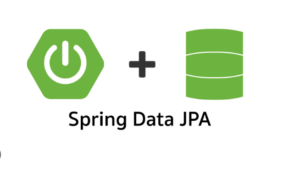Django and Celery are commonly used together to handle task scheduling and background jobs in Django applications. Celery is a distributed task queue system that allows you to execute tasks asynchronously in the background. Here’s an overview of how to integrate Celery with Django for task scheduling and background jobs:
- Install Celery:
- Install Celery using pip:
pip install celery
- Configure Celery in Django:
- Create a new file called
celery.pyin your Django project’s root directory. - In
celery.py, configure Celery to use your Django settings and set up the broker (e.g., RabbitMQ, Redis, or others) for task messaging. - Here’s an example
celery.pyfile:from __future__ import absolute_import, unicode_literals import os from celery import Celery # Set the default Django settings module os.environ.setdefault('DJANGO_SETTINGS_MODULE', 'your_project.settings') app = Celery('your_project') # Load task modules from all registered Django app configs app.autodiscover_tasks()
- Define Celery Tasks:
- Create a
tasks.pyfile in your Django app’s directory or any other location. - Define your Celery tasks as regular Python functions and decorate them with
@app.taskfrom Celery. - Here’s an example of a task that sends an email asynchronously:
from your_project.celery import app from django.core.mail import send_mail @app.task def send_email_task(subject, message, from_email, recipient_list): send_mail(subject, message, from_email, recipient_list)
- Start Celery Worker:
- Open a terminal and navigate to your Django project’s root directory.
- Start the Celery worker using the following command:
celery -A your_project worker --loglevel=info
- Triggering Celery Tasks:
- To trigger a Celery task, simply import the task and call it like any other Python function.
- Here’s an example of how to trigger the
send_email_task:from your_app.tasks import send_email_task send_email_task.delay('Subject', 'Message', 'from@example.com', ['to@example.com']) - The
delay()method is used to enqueue the task for execution asynchronously.
- Task Scheduling:
- Celery also supports task scheduling using the Celery Beat scheduler.
- Configure periodic tasks in your Django project’s
settings.pyfile using theCELERY_BEAT_SCHEDULEsetting. - Here’s an example of scheduling a task to run every 5 minutes:
# settings.py CELERY_BEAT_SCHEDULE = { 'task-name': { 'task': 'your_app.tasks.task_function', 'schedule': timedelta(minutes=5), }, } - The
task_functionis the function that you want to schedule, andtimedelta(minutes=5)specifies the interval.
By integrating Celery with Django, you can offload time-consuming or resource-intensive tasks to run in the background, improving the responsiveness and scalability of your application.




